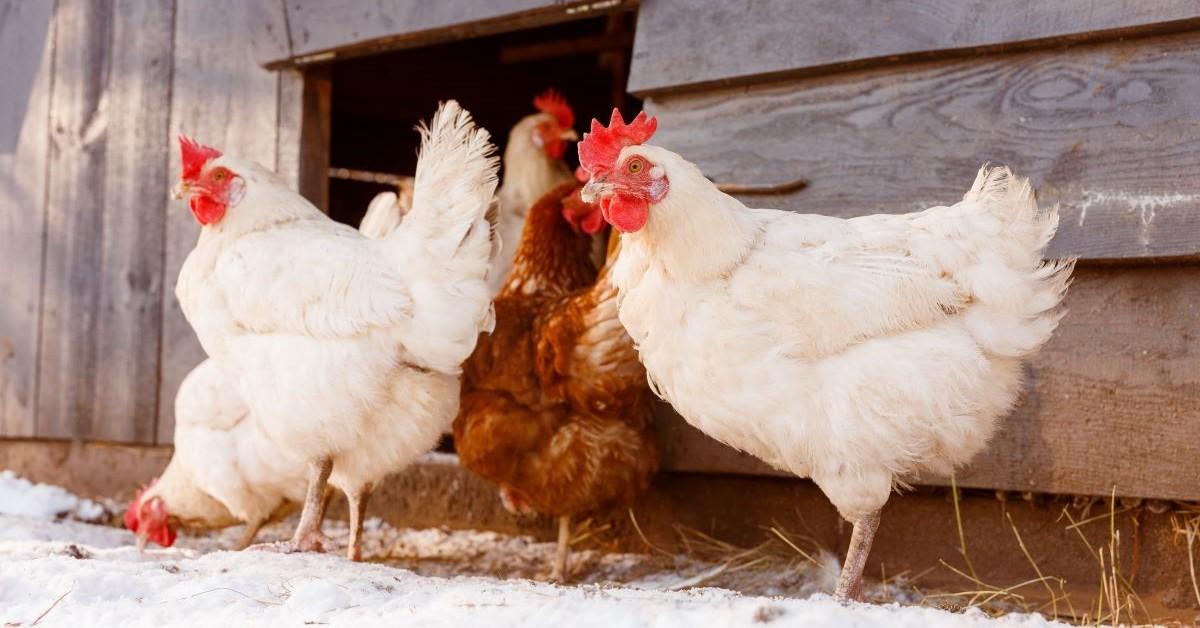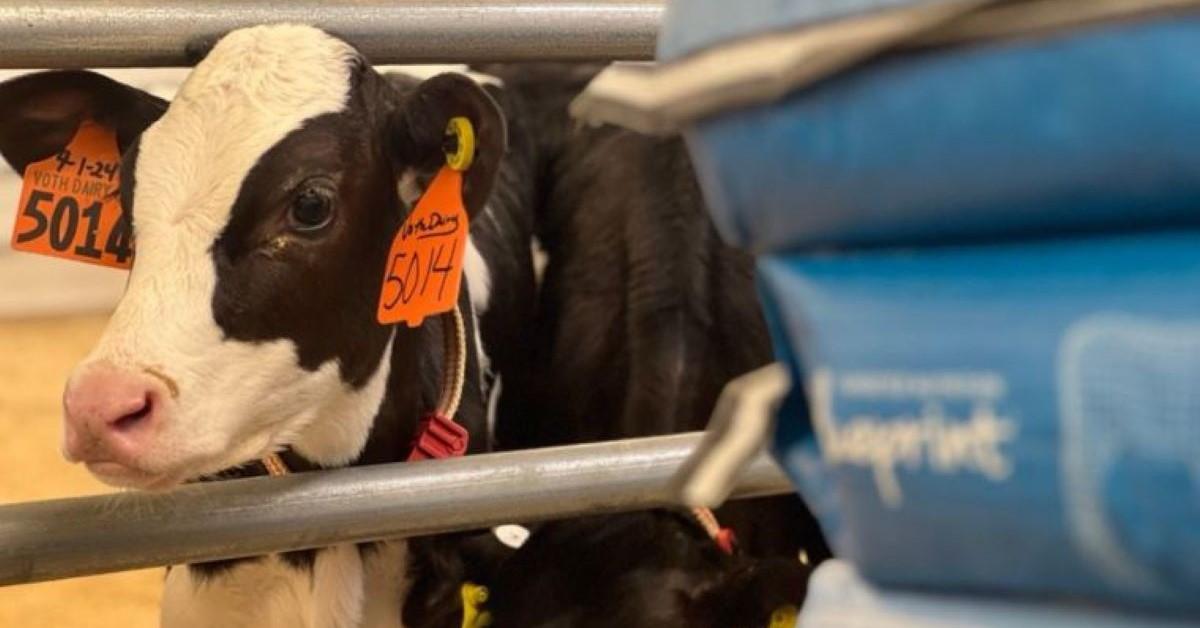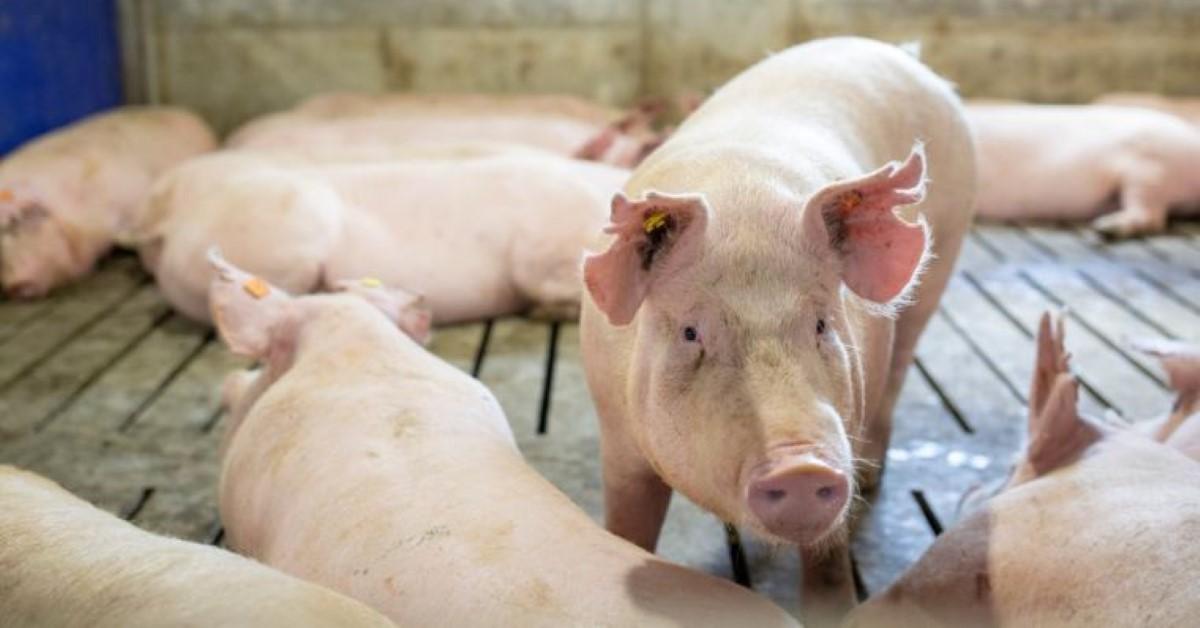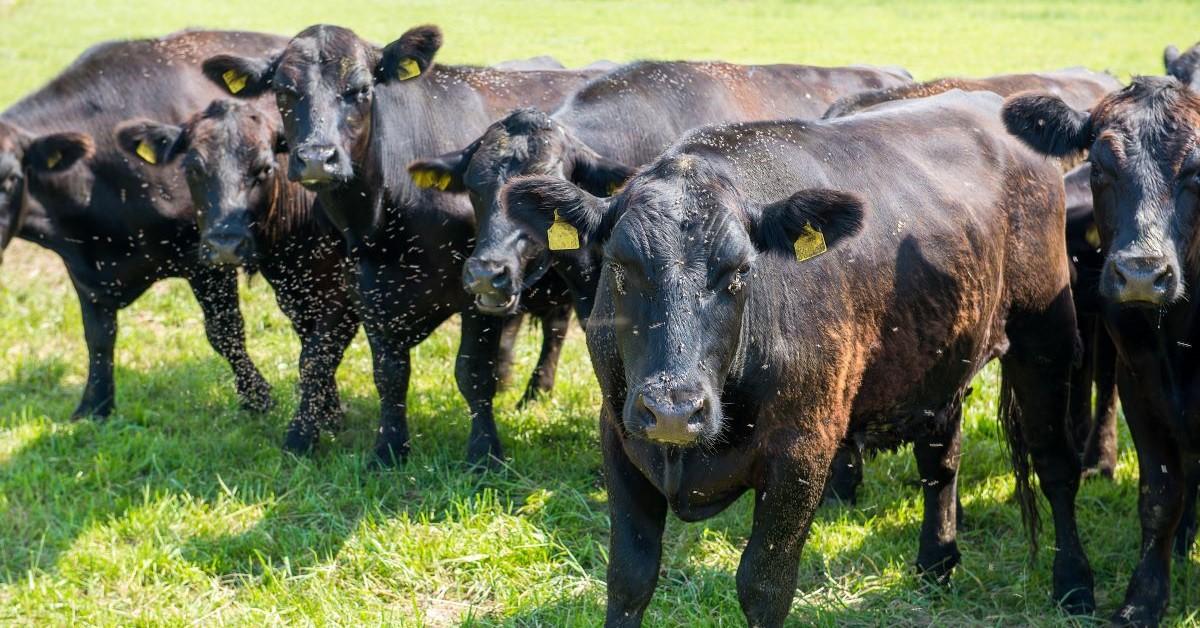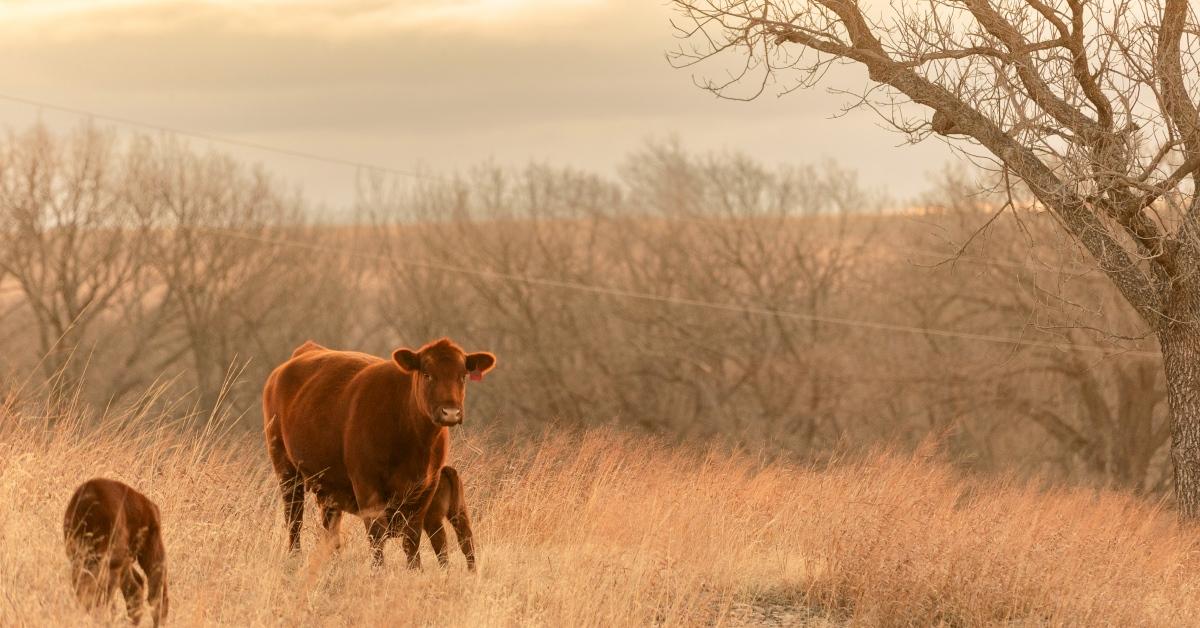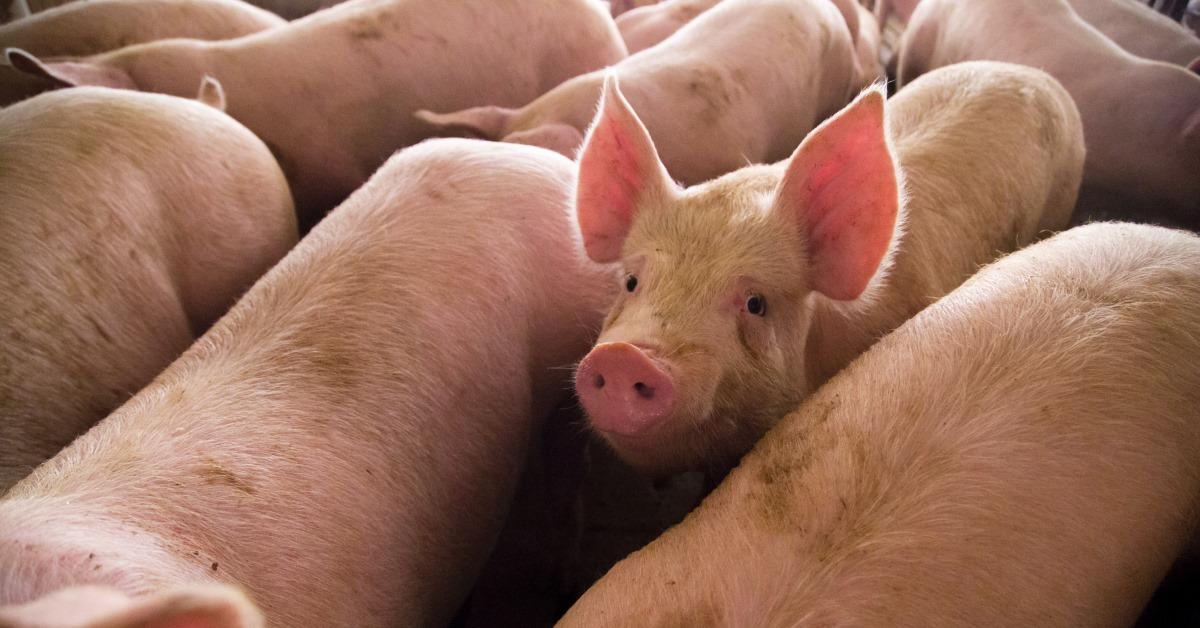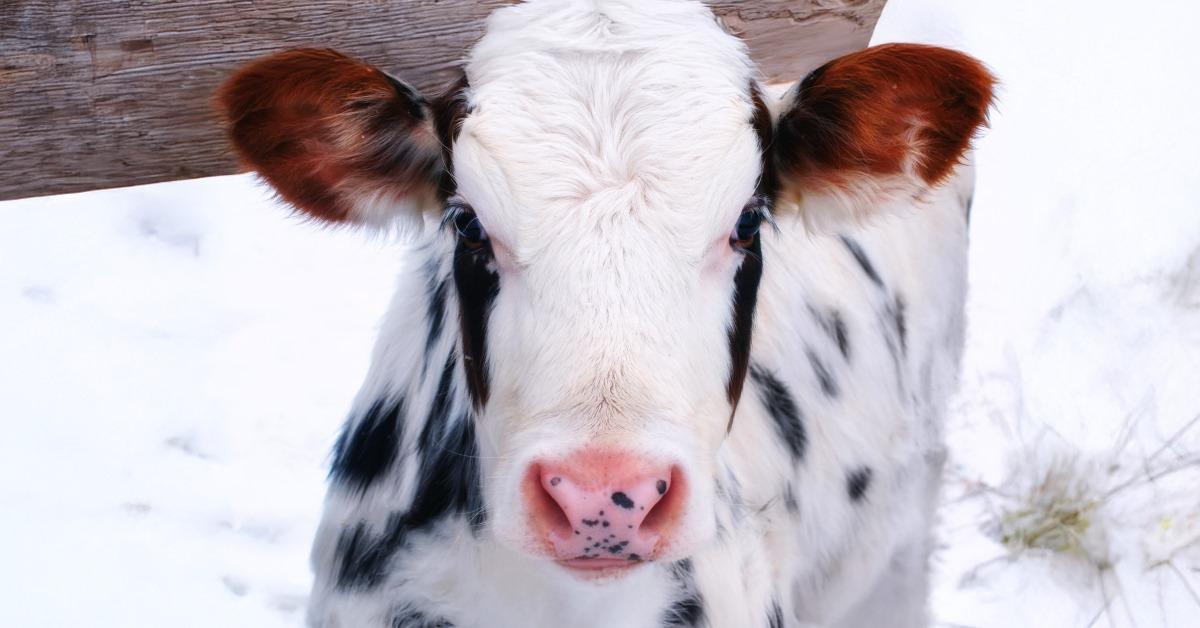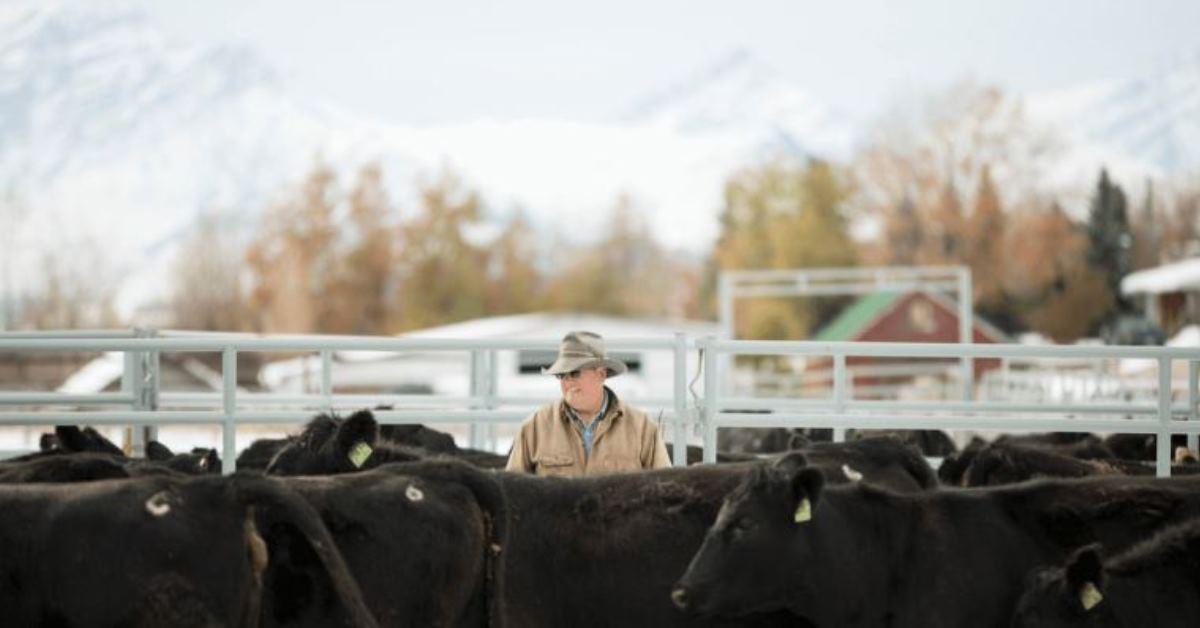FEATURED POST
The air is crisp, the leaves are turning… and your hens are starting to notice the shorter days. As the number of daylight hours drops, it’s normal for egg production to slow — but a little planning can go a long way toward keeping those cartons full...READ MORE ›
Author: Tien Le
Image caption:
Lori Stevermer, past president of the…READ MORE ›
The secret to developing superior dairy-replacement heifers that will grow into healthy…READ MORE ›
At first glance, one might think the documentary World Without Cows is primarily focused…READ MORE ›
My first experience in pig farming was in Brazil. That is my bias. I needed to come to…READ MORE ›
With summer just around the corner, it’s time to start thinking about how to optimize…READ MORE ›
Author: Cece Blythe
I recently sat down with Dr. Shelby Roberts, Alltech…READ MORE ›
By: Dr. Jose Soto, Monogastric Research and Technical Lead, Alltech
and Dr. Andrew Bents…READ MORE ›
With a very chilly 10-day forecast looming for most of us in the Upper Midwest, below is…READ MORE ›
Proactive cattlemen are good cattlemen. They have the foresight to combat the inevitable…READ MORE ›

